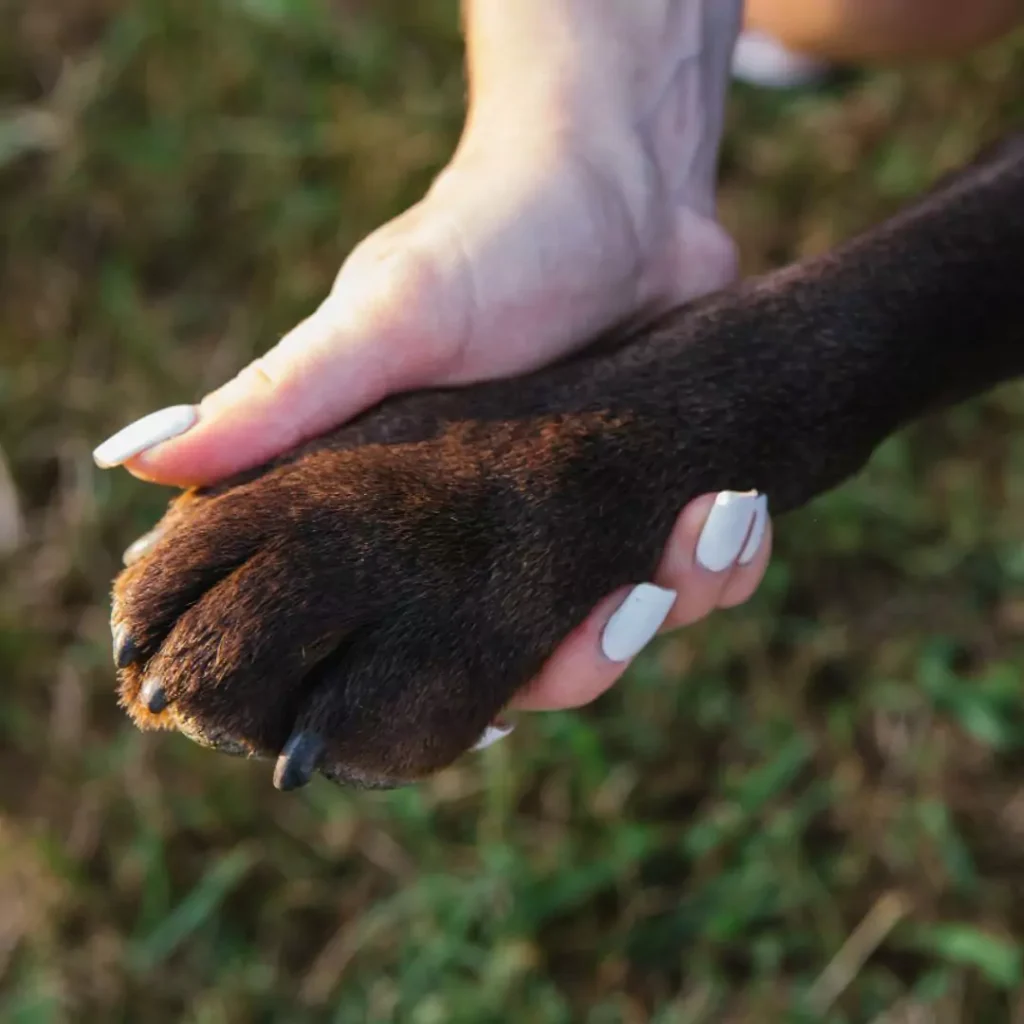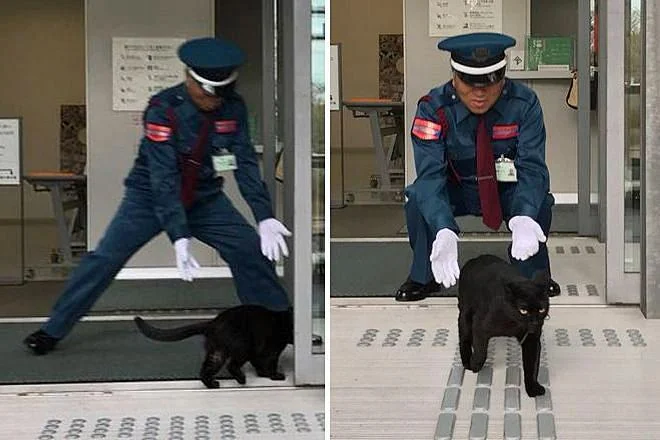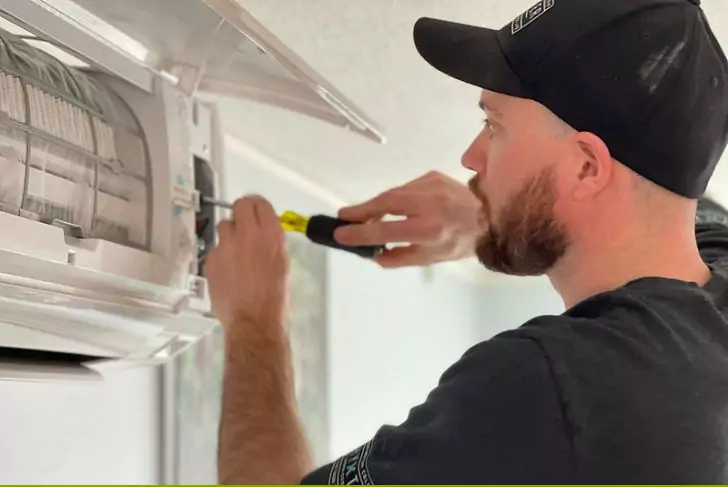
As the temperature rises and the sun beats down, many pet owners may feel the urge to take their dogs for a walk in the warm weather. However, it’s crucial to remember that what feels like a pleasant day for us can quickly become dangerous for our furry friends. This article will cover essential tips and precautions to ensure your dog stays safe and comfortable during the hot summer months.
Protect Your Dog’s Paws
When the summer sun heats up the pavement, it can become unbearably hot for a dog’s sensitive paws. Walking on hot pavement can cause serious burns and injuries, leading to pain, distress, and potential long-term damage. To prevent this, pet owners are advised to perform the ‘pavement test’ before taking their dogs for a walk.
How to Perform the Pavement Test
The pavement test is a simple yet effective way to gauge whether it’s safe to take your dog out for a walk. Before you head out, place the back of your hand on the pavement and hold it there for seven seconds. If it’s too hot for you to keep your hand on the surface, it’s too hot for your dog’s paws.
Blue Cross Charity’s Advice
UK charity Blue Cross emphasized the importance of this test, tweeting, “Ouch! Hot pavements can burn paws. Please keep your dogs safe when walking in summer.” By taking this simple precaution, you can help prevent unnecessary harm to your pet and ensure they remain comfortable and safe during the hotter months.

Why Your Dog Needs Extra Care in Summer
What is Heatstroke in Dogs?
While the pavement test is essential, it’s only one part of keeping your dog safe during the summer. Dogs are at a high risk of heatstroke when temperatures soar. Unlike humans, dogs cannot sweat through their skin to cool down; they rely on panting and releasing heat through their paw pads and nose.
Signs of Heatstroke in Dogs
Heatstroke can be fatal within minutes, so it’s crucial to recognize the signs and take immediate action if necessary. Symptoms of heatstroke in dogs include:
- Excessive panting
- Drooling or dribbling
- Collapse or lethargy
- Red or pale gums
- Rapid heart rate
- Vomiting or diarrhea
If you notice any of these signs, it’s important to cool your dog down immediately and seek veterinary help.
Tips for Keeping Your Dog Safe in the Heat
1. Walk Early or Late
The best times to walk your dog are early in the morning or late in the evening when the temperatures are cooler, and the pavement is less likely to be hot.
2. Provide Plenty of Water
Always have fresh water available for your dog, both at home and when you’re out. Staying hydrated is key to preventing heat-related illnesses.
3. Avoid Strenuous Exercise
On hot days, it’s best to keep your dog’s activity levels low. Avoid vigorous exercise that could lead to overheating.
4. Create Shade and Cool Areas
Ensure your dog has access to shade and cool spots in your home or yard. Consider using a cooling mat or setting up a fan to help them stay comfortable.
5. Use Doggy Boots
If you must walk your dog during the day, consider using doggy boots to protect their paws from the hot pavement.
6. Keep Them Indoors During Peak Heat
On particularly hot days, it’s safer to keep your dog indoors where it’s cooler. If they need some fresh air, a short, supervised trip outside is best.
7. Cool Down With Water Play
Instead of a walk, let your dog enjoy some water play in a shallow pool or with a garden hose. This can help them stay cool while still having fun.
Think Twice Before You Walk
Summer can be a challenging time for our pets, but with the right precautions, you can ensure your dog stays safe and happy. Always consider how the heat affects your dog—if you’re feeling hot and uncomfortable, your dog likely is too. By performing the pavement test, avoiding walks during peak heat, and staying vigilant for signs of heatstroke, you can help protect your pet from the dangers of summer weather.
Remember, your dog relies on you to make the best decisions for their health and safety. Keep these tips in mind and enjoy the summer months with your four-legged friend, ensuring their well-being is a top priority.
By following these guidelines, you can ensure that your dog stays safe, comfortable, and healthy, no matter how high the mercury rises.
























































































































